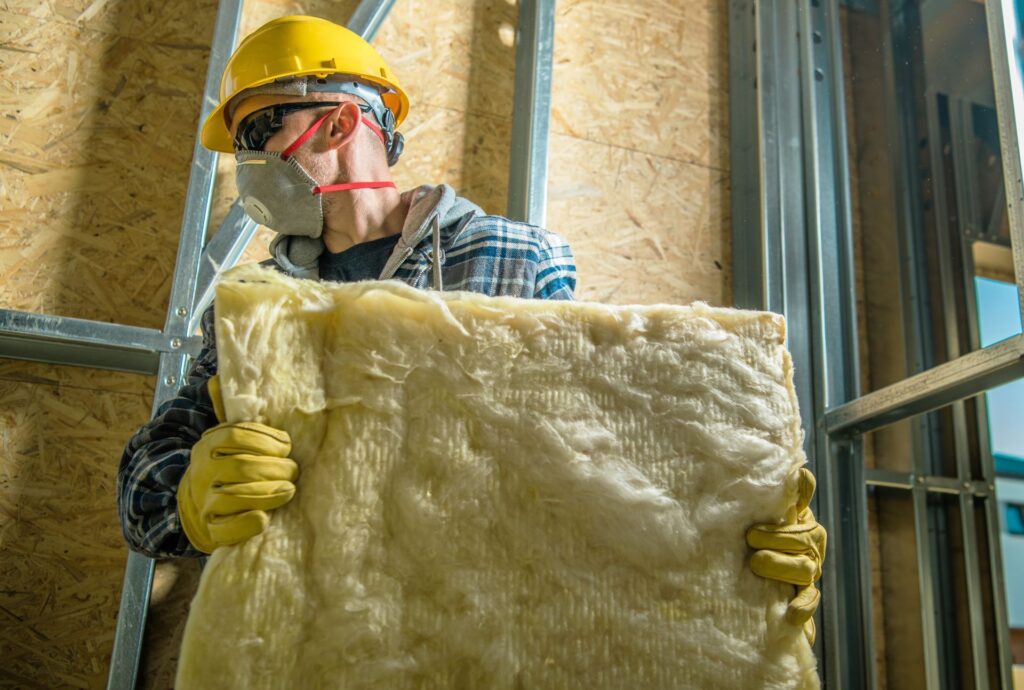In Perth’s diverse climate, insulation plays a vital role in maintaining indoor comfort and energy efficiency. However, when insulation becomes damaged due to moisture, pests, or age, it can do more harm than good. Damaged insulation not only loses its thermal effectiveness but can also become a source of health risks and indoor discomfort. That’s why timely removal and replacement are crucial. Homeowners looking to protect their living environment should consider insulation removal Perth services to eliminate harmful contaminants and restore their property’s air quality, safety, and efficiency. Ignoring damaged insulation can lead to costly consequences and hidden health concerns.
Mold Growth from Moisture Retention
Moisture intrusion is one of the most common reasons insulation becomes compromised, especially after roof leaks, plumbing issues, or condensation build-up. Wet insulation provides the perfect breeding ground for mold and mildew, which can spread quickly and quietly within walls or ceilings. Over time, mold spores can infiltrate indoor air, triggering respiratory problems, allergies, and even chronic health conditions in sensitive individuals.
1. Increased Health Risks
Mold exposure can lead to symptoms like coughing, sneezing, asthma flare-ups, and skin irritation. Individuals with weakened immune systems, the elderly, or young children are particularly vulnerable. By removing moisture-damaged insulation, homeowners can eliminate a major source of indoor biological contaminants.
2. Structural Impact
Mold doesn’t just stop at insulation—it can penetrate timber frames, plasterboard, and structural components. This accelerates deterioration and weakens the integrity of the building. Early insulation removal in Perth homes helps prevent costly repairs and safeguards long-term structural health.
3. Loss of Insulating Value
Once insulation becomes wet, it loses its ability to trap air and regulate temperature. Even after drying out, it remains compressed and ineffective. This not only results in higher energy bills but also fails to protect your home against seasonal extremes.
Rodent and Pest Contamination
Insulation is an ideal nesting site for rodents, birds, and insects seeking warmth and shelter—especially in ceiling cavities and wall spaces. Once pests invade insulation, they leave behind urine, droppings, fur, and nesting debris, all of which pose significant health hazards.
1. Biohazard Exposure
Contaminants left by rodents and pests can contain harmful bacteria, viruses, and parasites. These include pathogens like Hantavirus and Salmonella, which can become airborne and pose serious respiratory threats. Professional insulation removal is essential to eliminate these biohazards safely and thoroughly.
2. Lingering Infestations
Damaged insulation not only signals a past infestation but can also attract new pests if not removed. The scent trails left behind encourage repeat visits from rodents or insects. Replacing insulation is a key step in long-term pest prevention and property hygiene.
3. Decreased Thermal Performance
Chewed and tunneled insulation loses its effectiveness, creating cold drafts in winter and heat entry points in summer. This results in inconsistent indoor temperatures and increased reliance on HVAC systems. Replacing pest-damaged insulation restores energy efficiency and comfort.
Air Quality Issues
As insulation ages or becomes contaminated, it can start releasing particles into the air that negatively affect indoor air quality. Fiberglass insulation, for example, can shed tiny fibers that become airborne and enter the home’s ventilation system. When inhaled, these particles may trigger allergic reactions or worsen respiratory conditions.
1. Allergen Circulation
Dust, pet dander, and pollen can get trapped in insulation and re-enter the air as fibers deteriorate. This is particularly problematic in homes with forced-air heating or cooling, where contaminants are continuously circulated. Removing old insulation reduces airborne irritants and improves breathing conditions indoors.
2. Volatile Organic Compounds (VOCs)
Some outdated insulation materials contain chemical compounds that off-gas over time. In poorly ventilated areas like attics and crawlspaces, these gases can accumulate and pose a health risk. Upgrading to modern, non-toxic insulation is a safer and more energy-efficient solution.
3. Reduced Ventilation Efficiency
Blocked or compacted insulation can hinder natural airflow and increase humidity levels, promoting indoor pollutant build-up. Removing aged insulation allows for better airflow management and the installation of proper ventilation systems to support healthier air.
Hidden Odors and Respiratory Irritants
One of the most overlooked consequences of damaged insulation is the accumulation of unpleasant odors and irritants. Whether it’s moldy smells from moisture, pungent odors from rodent waste, or stale air from years of dust accumulation, insulation can harbor smells that slowly permeate the living space.
1. Persistent Household Odors
Even after cleaning visible surfaces, bad smells may linger if the source is within the insulation. This can make the home feel less inviting and harder to sell or rent. Professional insulation removal eliminates odor-trapping materials and freshens the home environment.
2. Chemical Residues from Fire or Smoke
In homes affected by minor fire incidents or smoke damage, insulation can absorb smoke and toxins. These residues not only smell unpleasant but also release irritants long after the event. Replacement is the only reliable way to remove these hidden hazards.
3. Impact on Indoor Comfort
Lingering smells and irritants can make indoor living uncomfortable, especially for those with sensitivities. Removing and replacing damaged insulation helps create a clean, odor-free space that supports well-being and peace of mind.
Conclusion
Removing damaged insulation is a vital step in maintaining a healthy, efficient, and comfortable home environment. From preventing mold growth and pest contamination to improving indoor air quality and eliminating persistent odors, the benefits of professional insulation removal are clear. Neglecting damaged insulation can lead to escalating energy bills, health risks, and hidden structural issues. Perth homeowners who suspect their insulation may be compromised should consult trusted insulation removal experts to assess the situation and provide safe, thorough removal services. Timely action not only protects your property and health but also paves the way for modern, efficient insulation upgrades that deliver lasting comfort.





